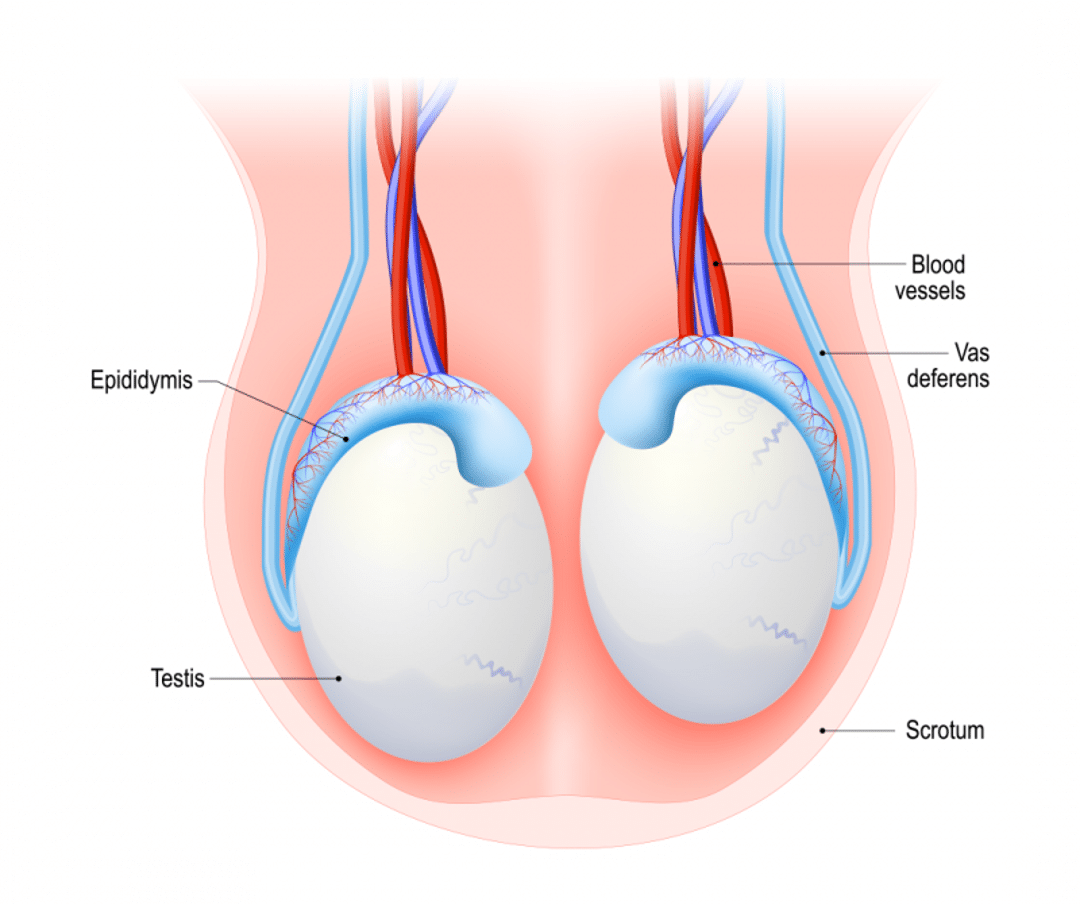Abdominal ultrasound is a non-invasive diagnostic imaging technique that uses high-frequency sound waves to produce images of organs and structures within the abdomen. It is a safe, painless, and radiation-free procedure that helps doctors diagnose and treat a variety of medical conditions affecting the digestive system, liver, gallbladder, pancreas, kidneys, and spleen.
How Abdominal Ultrasound Works
During an abdominal ultrasound, the patient lies down on a table while a technician applies a special gel to the abdomen to help the sound waves travel more easily. The technician then uses a handheld device called a transducer to emit high-frequency sound waves that bounce off the organs and tissues in the abdomen. The transducer detects the echoes of the sound waves and sends them to a computer, which converts them into real-time images that are displayed on a monitor.
Benefits of Abdominal Ultrasound
Abdominal ultrasound is a valuable tool for diagnosing and monitoring a variety of medical conditions, including:
- Abdominal pain: Ultrasound can help identify the source of abdominal pain, such as gallstones, kidney stones, or an inflamed appendix.
- Digestive problems: Ultrasound can help diagnose gastrointestinal problems such as inflammation, ulcers, or tumors.
- Liver disease: Ultrasound can detect liver disease such as cirrhosis or hepatitis, as well as tumors or cysts in the liver.
- Kidney disease: Ultrasound can detect kidney disease such as kidney stones, cysts, or tumors.
- Pregnancy: Abdominal ultrasound is commonly used during pregnancy to monitor the growth and development of the fetus.
- Pelvic pain: Abdominal ultrasound can help diagnose the cause of pelvic pain, such as ovarian cysts or fibroids.
Abdominal ultrasound is a safe and painless procedure that does not involve radiation or other harmful effects. It is a quick and easy way to obtain detailed images of internal organs and structures in the abdomen.
Limitations of Abdominal Ultrasound
While abdominal ultrasound is a useful tool for diagnosing and monitoring many medical conditions, it does have some limitations. For example, it may not be able to detect small tumors or other abnormalities in the bowel. Additionally, ultrasound images may be affected by the patient’s body type or the presence of gas or stool in the intestines, which can interfere with the sound waves.
Conclusion
Abdominal ultrasound is a non-invasive and painless imaging technique that uses high-frequency sound waves to produce detailed images of organs and structures within the abdomen. It is a valuable tool for diagnosing and monitoring a variety of medical conditions affecting the digestive system, liver, gallbladder, pancreas, kidneys, and spleen. While it does have some limitations, abdominal ultrasound is a safe and effective way to obtain important information about a patient’s health.





